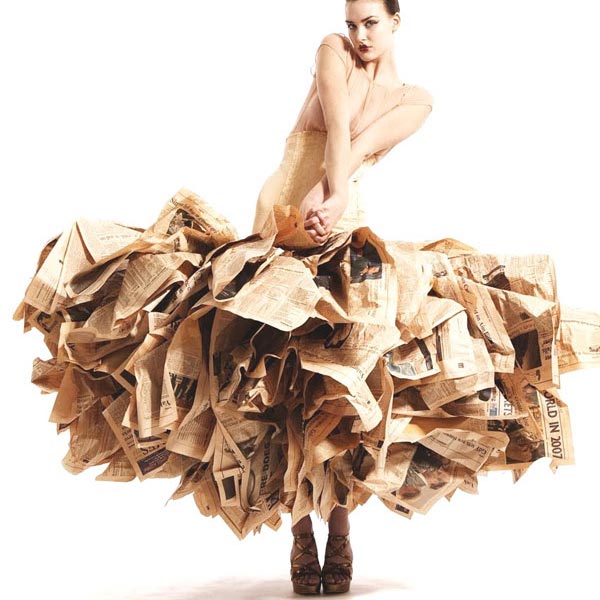You will surely ask yourself:
Can technology and its use contribute to the preservation of the environment?
How can this be possible?
To all these questions we say that YES, it is possible that technology and its use contribute to raising awareness and supporting the fight for environmental conservation.
Dressium, is part of the chain of struggle for the preservation of the planet collaborating through the exchange of dresses for free.
By downloading and subscribing you will see the range of garments that other users have shared for you and that now you will also share with them and many other users regardless of your geographical location.
The exchange of dresses that Dressium allows for you, promotes the REUSE of these garments, by doing so, you help to extend the life of the dress and not discard it, this simple task leads you to belong to the chain of fighters for the preservation of the environment .
Remember that the disposal of materials leads to the contamination of the climate, drinking water and species.
Reduce
Waste helps us not to generate garbage in industrial quantities for our ecosystem.
Beutiful outside is not enough.
Do you want to wear that dream dress? Do you want it to look good on you? Raising awareness that we are part of a whole and that each of us interrelate is essential to take care of the environment.
Therefore, your good diet, the good care that you and others provide to the environment, will add health to you and consequently your external beauty will be noticed from head to toe.
Your skin, hair, body and spirit for life will make you a woman without limits just because you live in a very well cared for environment!
A good climate, fresh air, the intake of uncontaminated food will make your internal cells renew themselves in order to obtain an unsurpassed beauty that is like sunrise.
More and more beautiful and renewed!
These and infinite other reasons are enough arguments to continue in the fight to care for our environment and, in this way, be a tireless example for everyone in the world. Remember that what you do for yourself, you do for everyone.
Dressium tells you: A good example radiates!
Go ahead, share and exchange that dress that you no longer use for others that you do want to wear!



